17 Dec January 2022 Yellowbill

President’s Message
Greetings, FAS members and friends. I hope this message finds you healthy and safe.
It is tough to believe that 2021 is in the rearview mirror and 2022 is here in front of us. Just like the year before, 2021 definitely had its challenges. Despite this, FAS had a productive year, with general meetings held each month, numerous in-person field trips, and various volunteer opportunities. I want to extend a heartfelt thanks to all who partook and helped make 2021 a success despite the ongoing hardships.
It seems there may be some continued challenges in 2022. With all of the uncertainty surrounding the Omicron variant, we are at another crossroads. While we here at FAS want very much to continue in-person field trips, it is paramount that we ensure the safety of our members. At this point, we are unsure whether or not there will be any in-person field trips during the month of January. The decision to hold in-person field trips will continue to be evaluated on a regular basis, and we will be sure to keep you all updated via email announcements and social media. We appreciate your understanding.
Thank you again to all of those who attended the December 14 general meeting. Rachel Zwillinger of Defenders of Wildlife talked to us about drought and its effects on migratory birds here in the Central Valley, which was a very eye-opening and informative presentation. If you missed Rachel’s talk and would like to view the presentation, you can find it and other general meeting presentations on our YouTube channel at https://www.youtube.com/user/FresnoAudubon.
The next FAS general meeting is scheduled for Tuesday, January 11. Benny Jacobs-Schwartz of Biocitizen Los Angeles will be talking to us about birds of the tropics, which will definitely be an enthralling presentation, particularly during this wet and cold winter we are having! Please see the announcement below, or check future email announcements and FAS social media for links to registration.
The Lost Lake Christmas Bird Count was held on Sunday, December 19. A total of 29 observers took part in the counting activities. A total 233.91 miles were covered, 188.99 by car and 44.92 by foot. A total of 75.192 hours were spent counting birds, 26.85 by car and 48.342 by foot. A total of 122 species were observed, and a grand sum of 22,134 individuals were counted. The most numerous species was the California Gull, which came in at 5,927 individuals. The closest contenders were Red-winged Blackbird which came in at 2,479 and Canada Goose which came in at 1,464. Five species were seen in all sections, and these were Anna’s Hummingbird, Northern Flicker, Black Phoebe, California Scrub Jay, and White-crowned Sparrow. There were 22 species that were seen in only one section. The most notable among these were Virginia Rail, Long-eared Owl, Northern Pygmy Owl, Western Screech Owl, and Townsend’s Warbler, each of which came in at a single individual. A big highlight of the count was the discovery of a Red-naped x Red-breasted Sapsucker hybrid, which is pictured below. Please reach out to me at tanagergirl@gmail.com if you’d like a complete list of the species observed or if you have any other questions regarding the count.
Please take care of yourselves!
Rachel Clark
Fresno Audubon Society President

Fresno Audubon Society Board of Directors Elections
At the December Fresno Audubon Society board meeting, the board voted in the following slate of officers and directors:
Rachel Clark was re-elected to a two-year term as President.
Radley Reep continues as Vice President for his last two-year term.
George Folsom continues as Treasurer for a two-year term.
Robert Snow was elected to a two-year term as Secretary as well as The Yellowbill, and website editor and administrator.
Nancy Griesser continues as director and Membership chair.
Nancy Gilmore was re-elected as director and Social Media/Outreach chair for a two-year term.
Lowell Young was elected as director and Program chair for a two-year term.
Karen Baker continues as director for a two-year term.
Barbara Bailey was elected as director for a two-year term.
Rich Gilman continues as director for a two-year term.
Judy Johnson continues as director for a two-year term.

January General Meeting
Birds of the Tropics
Benny Jacobs-Schwartz
Tuesday, 11 January 2022
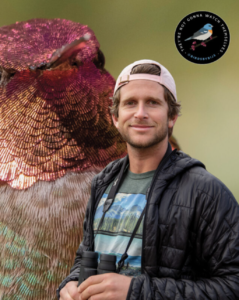
International Bird guide, naturalist and photographer, Benny Jacobs-Schwartz will share his dazzling bird photos, captivating videos, and animated story-telling to bring a slice of the tropics to California. Delving into topics of migration, tropical speciation, and biodiversity, this media-rich journey will share some of the fascinating and unique birds that inhabit the new-world tropics. Sure to both educate and entertain, this presentation will certainly leave you with a deeper understanding of tropical ecology, and knowledge about where some of our backyard birds spend their winters!
Benny Isaac Jacobs-Schwartz owns and operates a bird guiding business and lifestyle brand called BIRDS by BIJS (pronounced Bee-jus). Working seasonally as a naturalist guide, expedition trip leader, and international bird guide, Benny works in a variety of locations, most recently bringing him to such exotic places like coastal Alaska, Trinidad and Tobago, and the Ecuadorian cloud forest.
Seasonally Benny or BIJS, is based in Los Angeles, where he leads public and private birding adventures to urban hotspots. He is also a passionate photographer, specializing in birds. He uses his impressive collection of content to leverage his prolific social media presence. Benny hopes his love of the natural world will inspire others to conserve the open spaces around them and look up more often from their phones!
He also serves full-time as the Program Director for an Outdoor Education non-profit called Biocitizen Los Angeles. They offer natural history education, hikes, backpacking and various outdoor camps for kids across Los Angeles.
To receive the Zoom link for the meeting, please register here.
General Meeting Speaker Schedule
Following is the schedule for future speakers. This schedule is subject to change due to cancelations.


December Field Trip Reports
8 December 2021 ⏤ Merced National Wildlife Refuge
On December 8th, 16 wildlife enthusiasts participated in Fresno Audubon’s
trip to Merced National Wildlife Refuge. Although some clouds were seen,
overall the weather was quite good. Large numbers of geese were scattered
along the auto tour route, as well as assorted ducks, shore and wading
birds. The female vermilion flycatcher put in an appearance. Two great
horned owls were spotted, as well as numerous red tail hawks, a couple of
red shouldered hawks, kestrels and some distant northern harriers.
The group gathered at the second observation deck and experienced the
sandhill crane fly-in just after sundown. Most of the cranes approached from
the west, but a number flew in close by the observation deck, giving
observers a feast for both the eye and ear.
Birds seen:
Snow goose
Ross’s goose
Greater white-fronted goose
Cinnamon teal
Northern shoveler
Gadwall
American widgeon
Mallard
Northern pintail
Green-winged teal
Bufflehead
Pied-billed grebe
Great blue heron
Great egret
Snowy egret
White-faced ibis
Northern harrier
Red-shouldered hawk
Red-tailed hawk
Sora
American coot
Sandhill crane (lesser)
Blacked-necked stilt
Killdeer
Long-billed curlew
Least sandpiper
Long-billed dowitcher
Wilson’s snipe
Greater yellowlegs
Gull spp.
Mourning dove
European starling
Great horned owl
American kestrel
Black phoebe
Say’s phoebe
Vermilion flycatcher
Loggerhead shrike
California scrub-jay
Marsh wren (heard)
Northern mockingbird
American pipit
Yellow-rumped warbler
Lark sparrow
White-crowned sparrow
Western meadowlark
Red-winged blackbird
Brewer’s blackbird
House finch
18 December 2021 ⏤Roeding Park
On Saturday, December 18, approximately 22 birders took part in Fresno Audubon’s birding excursion at Roeding Park. The weather was cool and cloudy, but the birds were still quite active. Highlights of the outing included Hooded Mergansers, a Great Horned Owl roosting in a eucalyptus, a highly vocal Red-shouldered Hawk, Brown Creepers, a lone White-breasted Nuthatch, foraging flocks of Bushtits, and a handful of Chipping Sparrows feeding among mixed flocks of Dark-eyed Juncos and White-crowned Sparrows. A total of 44 species were observed. Many thanks to those who joined! The species list is below.
Birds seen:
Domestic goose species
Canada Goose
Muscovy Duck (Domestic type)
Wood Duck
Mallard
Ring-necked Duck
Bufflehead
Hooded Merganser
Ruddy Duck
Pied-billed Grebe
Rock Pigeon
Mourning Dove
Anna’s Hummingbird
American Coot
Spotted Sandpiper
California Gull
Double-crested Cormorant
American White Pelican
Great Egret
Turkey Vulture
Cooper’s Hawk
Red-shouldered Hawk
Red-tailed Hawk
Great Horned Owl
Acorn Woodpecker
Nuttall’s Woodpecker
Northern Flicker
Black Phoebe
California Scrub-Jay
American Crow
Bushtit
Ruby-crowned Kinglet
White-breasted Nuthatch
Brown Creeper
European Starling
Northern Mockingbird
American Robin
House Sparrow
House Finch
Chipping Sparrow
Dark-eyed Junco
White-crowned Sparrow
Orange-crowned Warbler
Yellow-rumped Warbler

January Field Trips
Due to the surge in Covid-19 cases due to the omicron variant, we have canceled January field trips. A list of places to bird near Fresno/Madera can be found here: https://fresnoaudubon.org/birding-maps

Fresno-Madera Birds
by Jeff Davis
Including reports for the period of
November 16, 2021 to December 15, 2021
An Adult male Eurasian Wigeon at Parlier WTP November 30 (ph. CR), December 15 (ph. CR, LL), and December 16 (CH, JA) was a great find as this species is less than annual in our area; coincidentally, one was reported from the same location in February 2020.
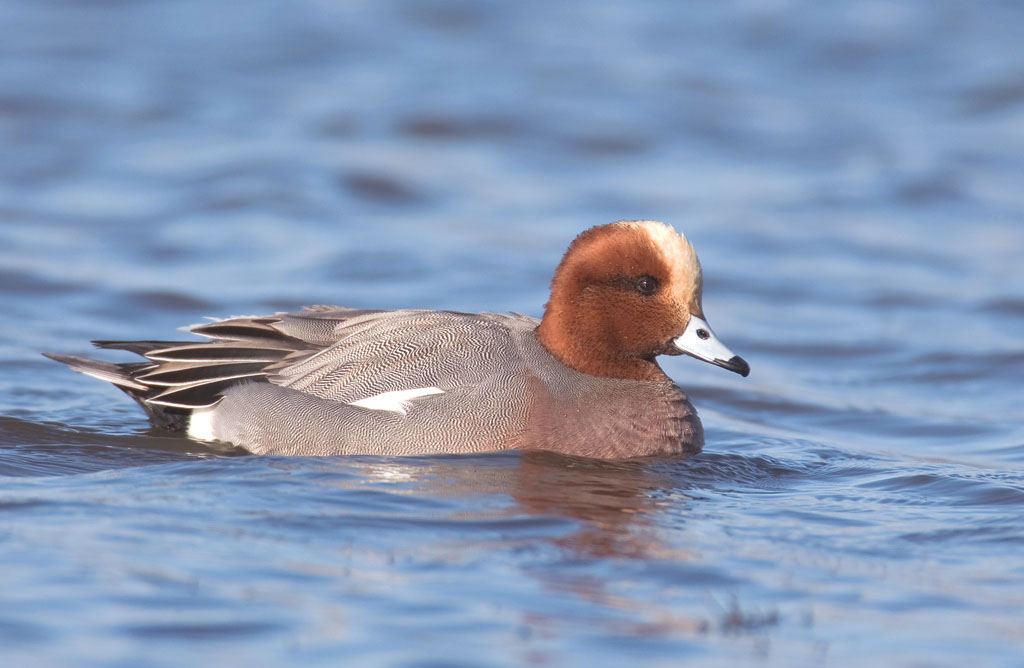
A Solitary Sandpiper at the Cottonwood Park ponding basin in Clovis November 23 (AR) represented our first urban occurrence of this rare shorebird.
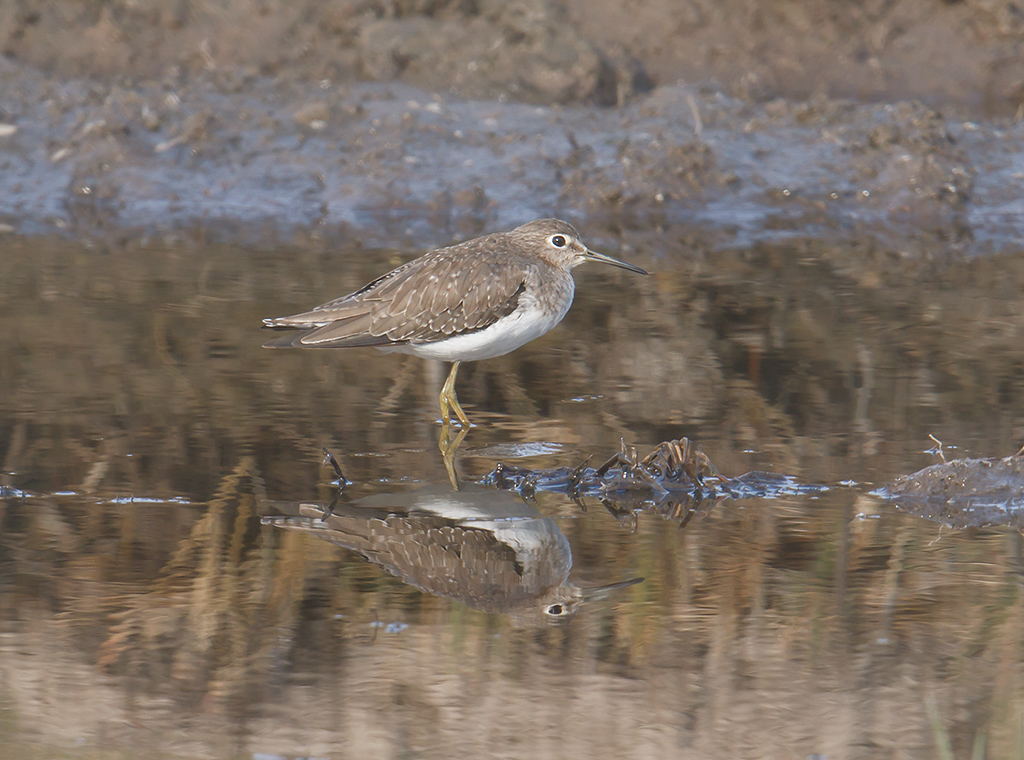
We average about one Red-naped Sapsucker per year, so one at Sierra Cedars Meadow December 8 (ph. JT), presumably the same one reported from there in March 2021, was notable.
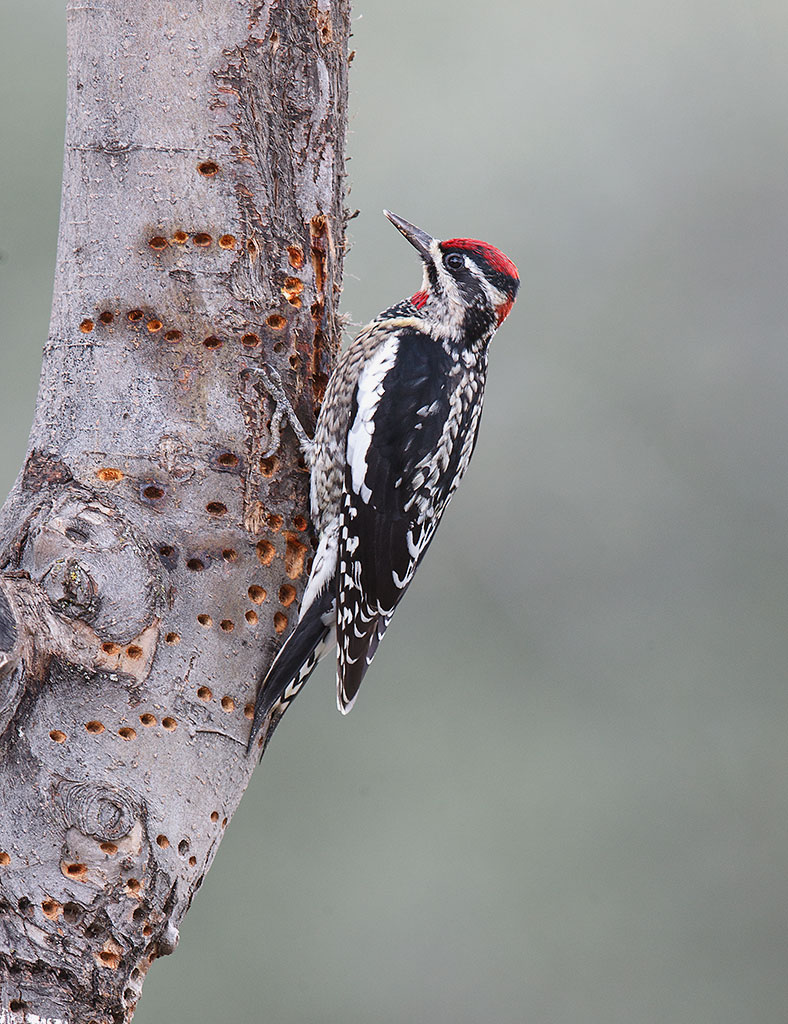
Equally rare if not more so, a Red-naped Sapsucker x Red-breasted Sapsucker hybrid was spotted at Lions Park in Kerman November 19 (EH), November 20 (LP, NP), and November 21 (EH).
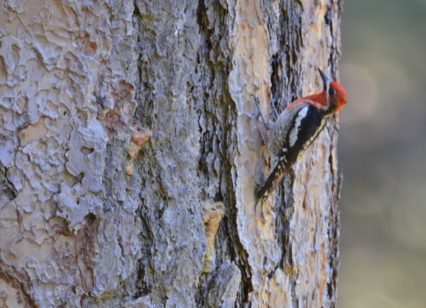
Cassin’s Kingbird is scarce in our area at any season; three at River West December 9 (KC, EE) marked the third consecutive winter this species has been documented at this location.

Two Scaly-breasted Munia visiting feeders in Madera December 13 (IM, JM) provided the first record of this invading exotic for Madera County.
Fresno County’s second Harris’s Sparrow, a first-winter bird, foraged with White-crowned Sparrows along Little Panoche Rd November 18 (ph. SB) and November 20 (JL).
Cited Observers: Janet Adams, Skyler Bol, Elias Elias, Ellen Harris, Chris Hiatt, Kaia Colestock, Luke Leedy, John Luther, Jeanene MacLean, Irene Moon, Larry Parmeter, Nathan Parmeter, Chris Rempel, Alexander Rurik, m.ob. = many observers. ph. = photographed by. WTP = Wastewater Treatment Plant.
If you make an interesting observation, we’d love to hear about it. We are especially interested in birds listed as casual or rare on the Fresno Audubon checklist and those found out of season, out of normal habitat, or in unusually large numbers. Please submit reports to eBird, the Fresno County Birders e-mail list, or Jeff Davis (jndavis@ucsc.edu).
Member Photographs
Please send your photos in jpeg format with a width of 1024 pixels to rsnow@fresnoaudubon.org with how you want the photo credit to read. Birds may be from anywhere. Limited space may restrict publication to a later issue. We will also showcase your photos on our social media.
Sandra MacMillan-Cato
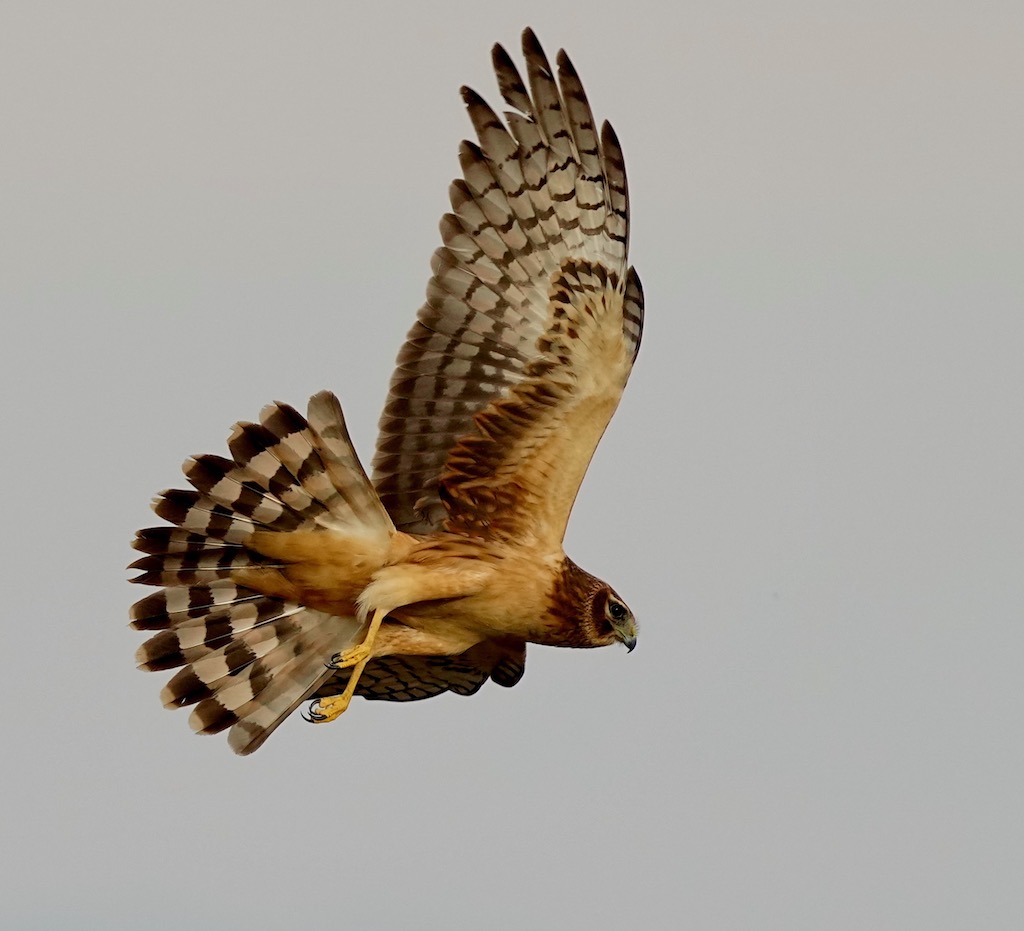

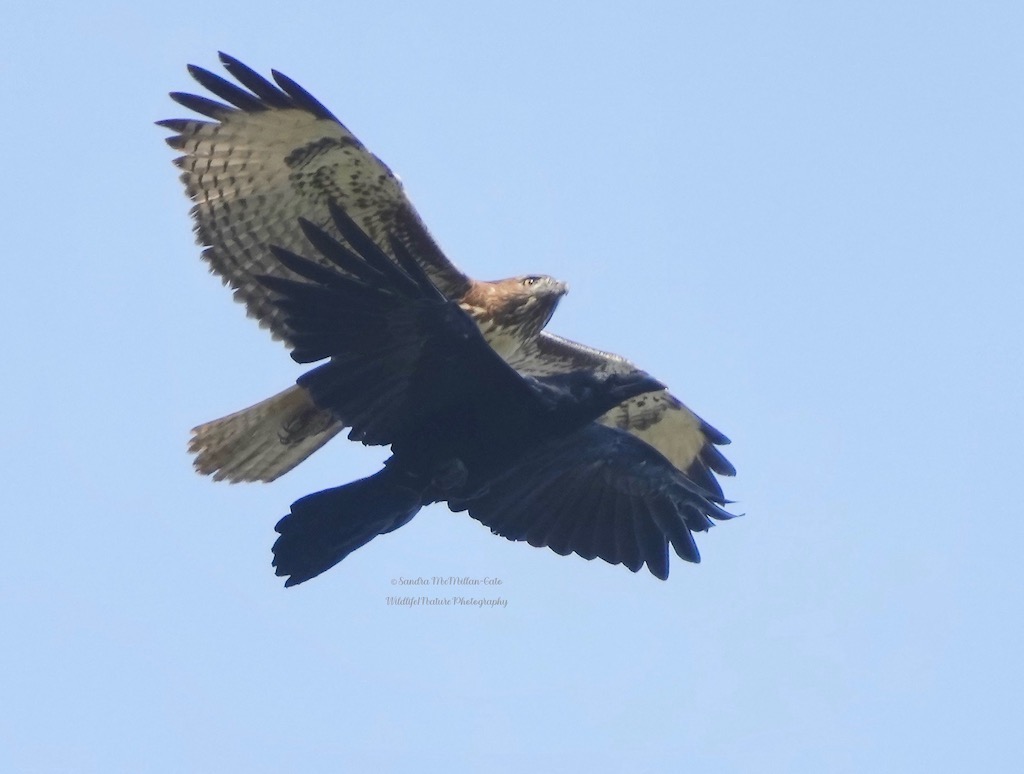

Frank Raney
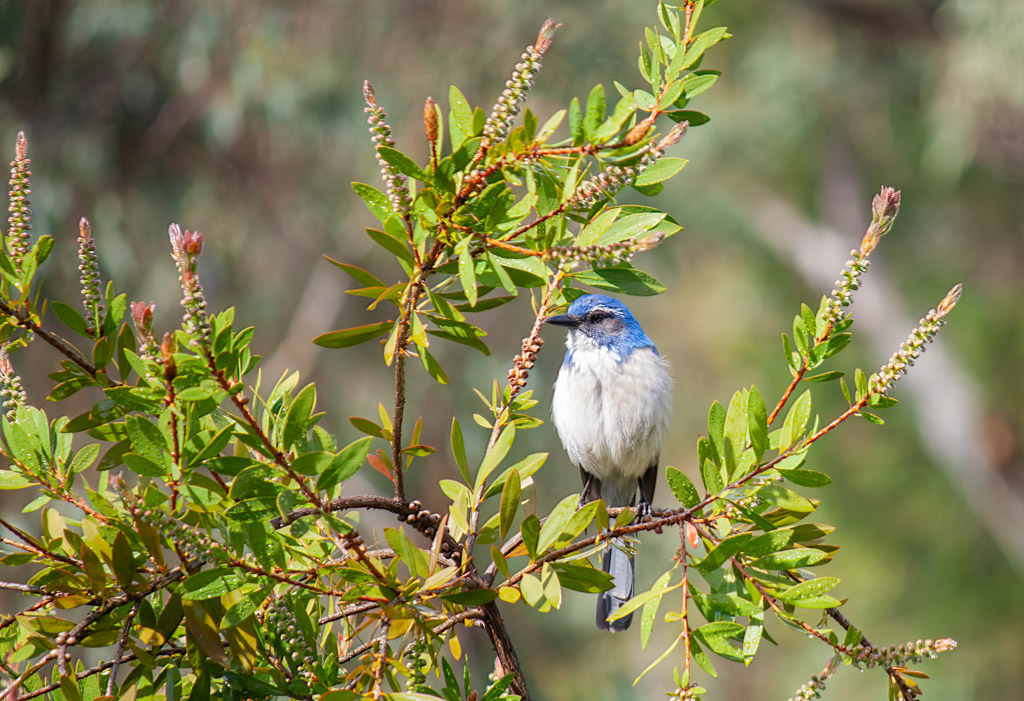
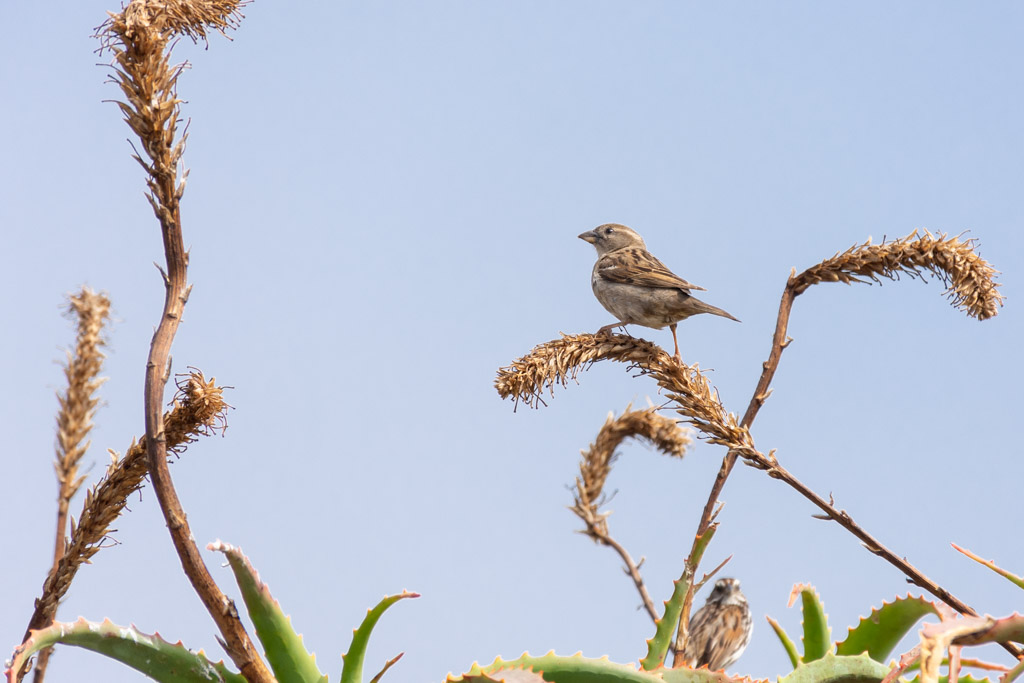
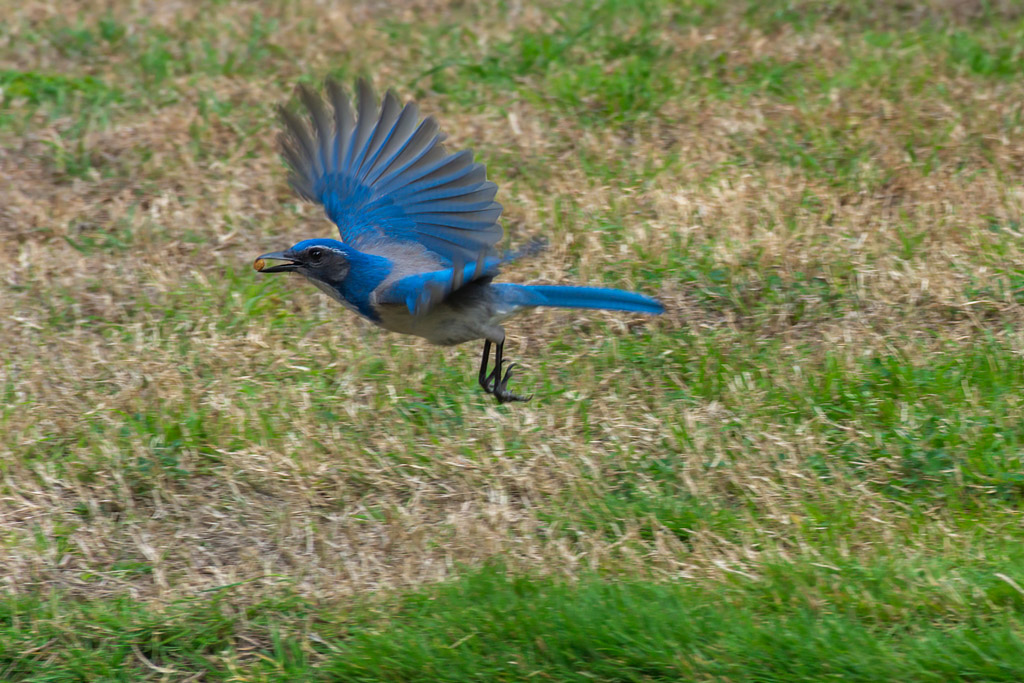
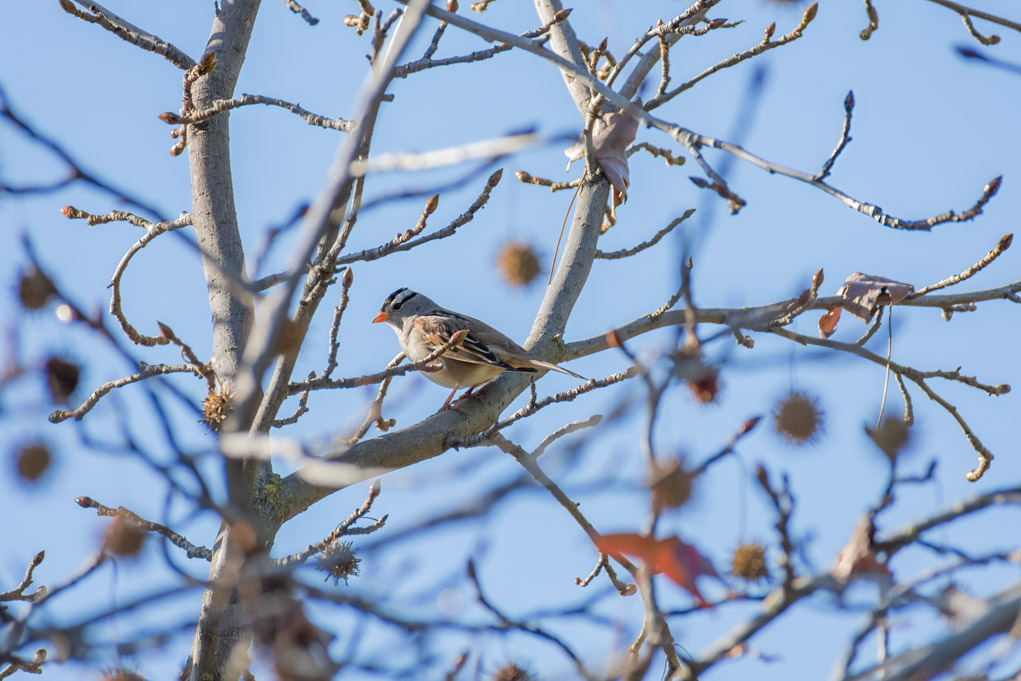
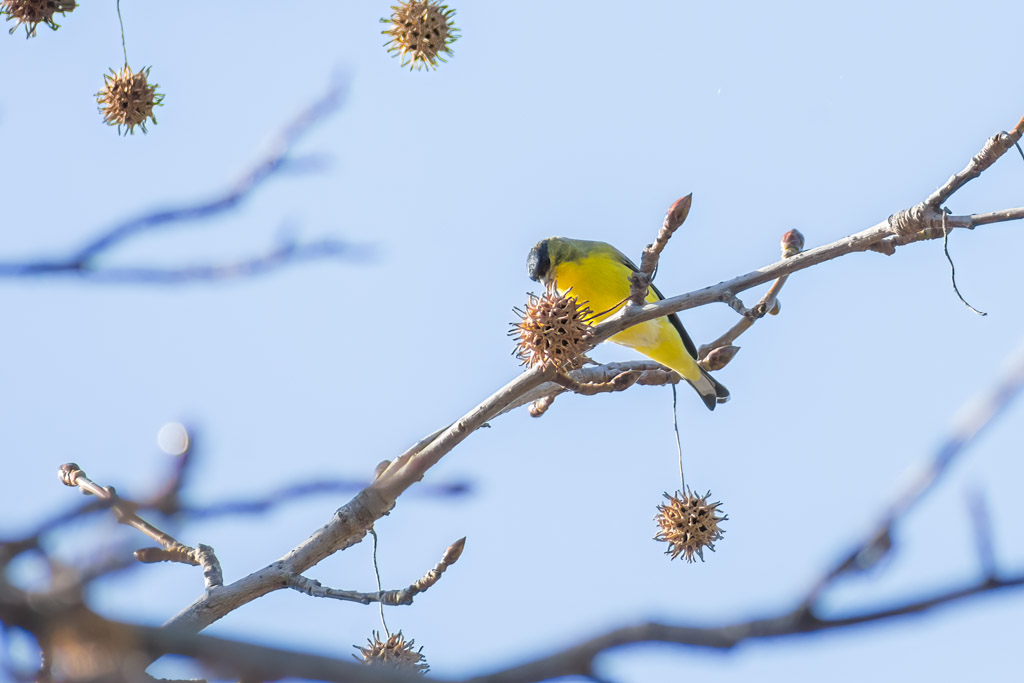
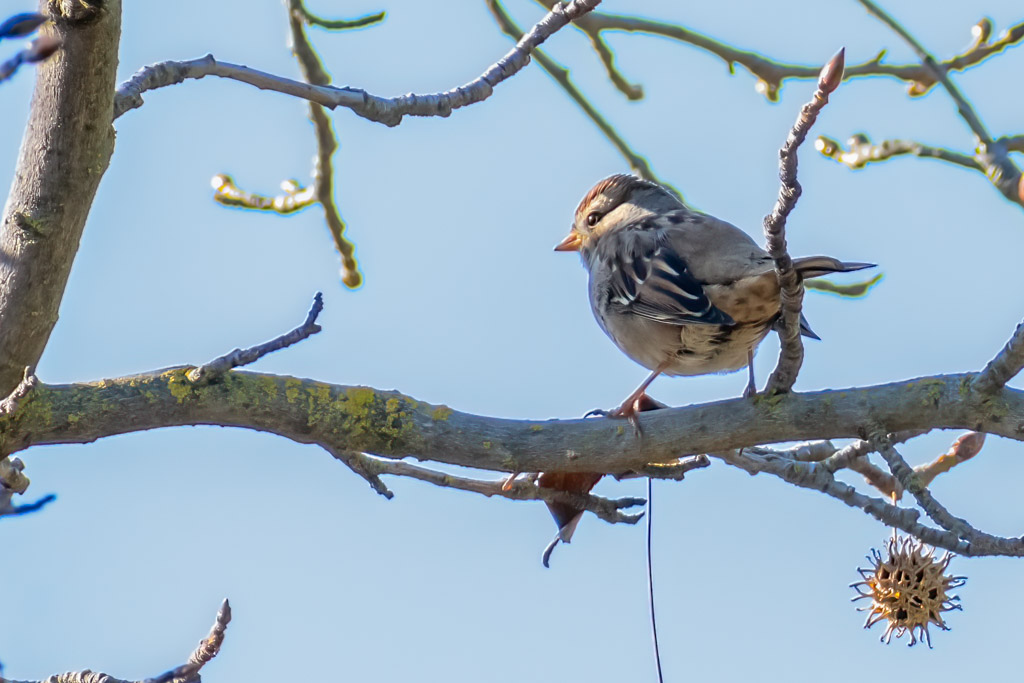
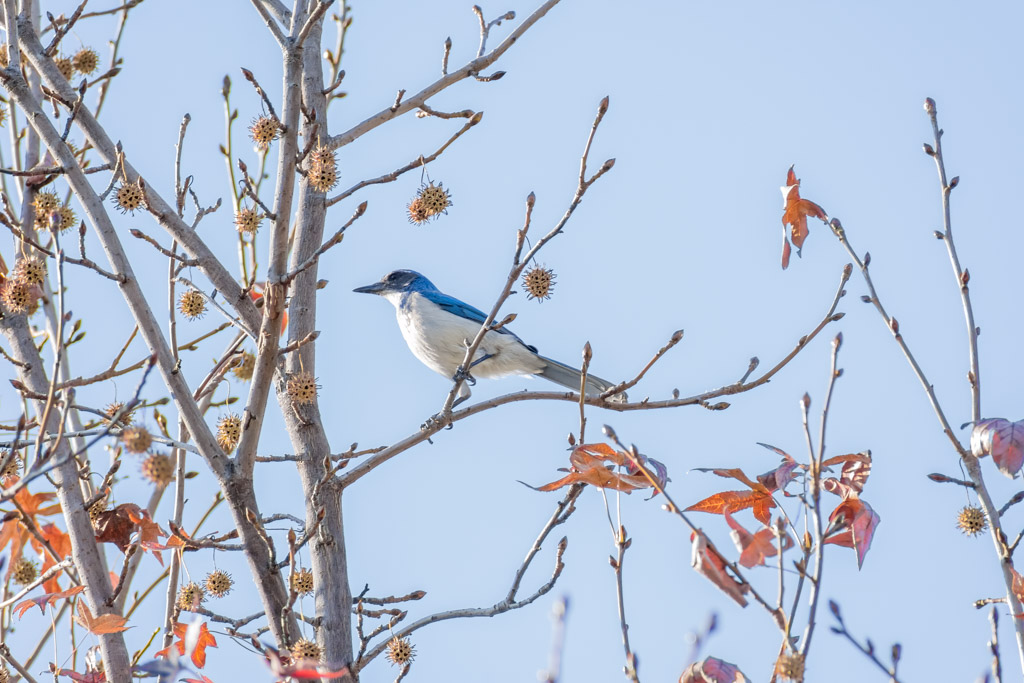
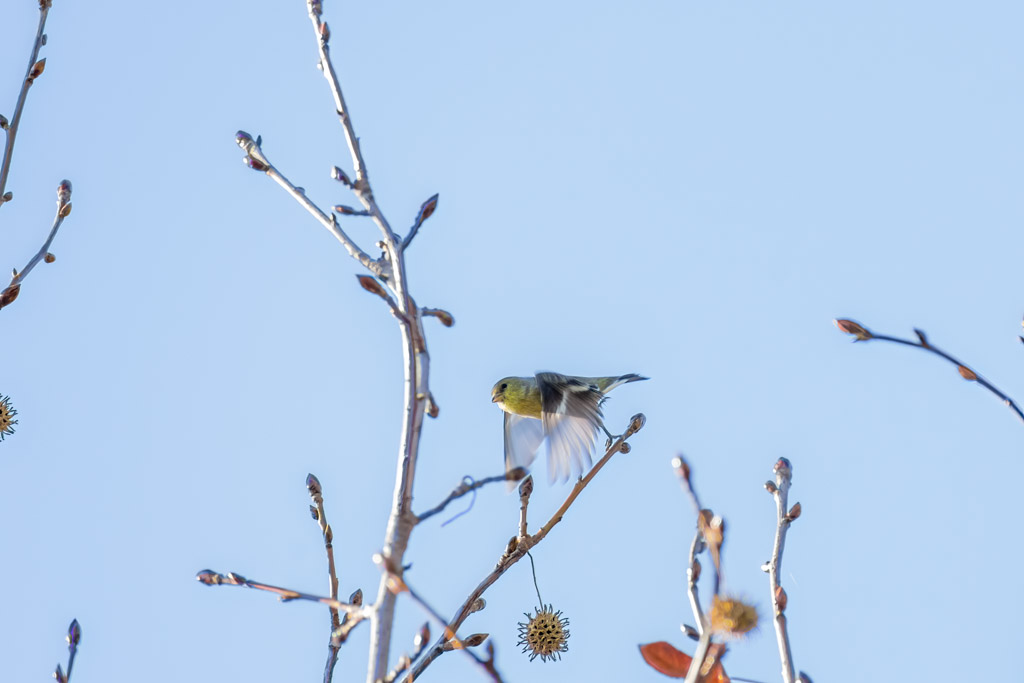
Leanne Stookey
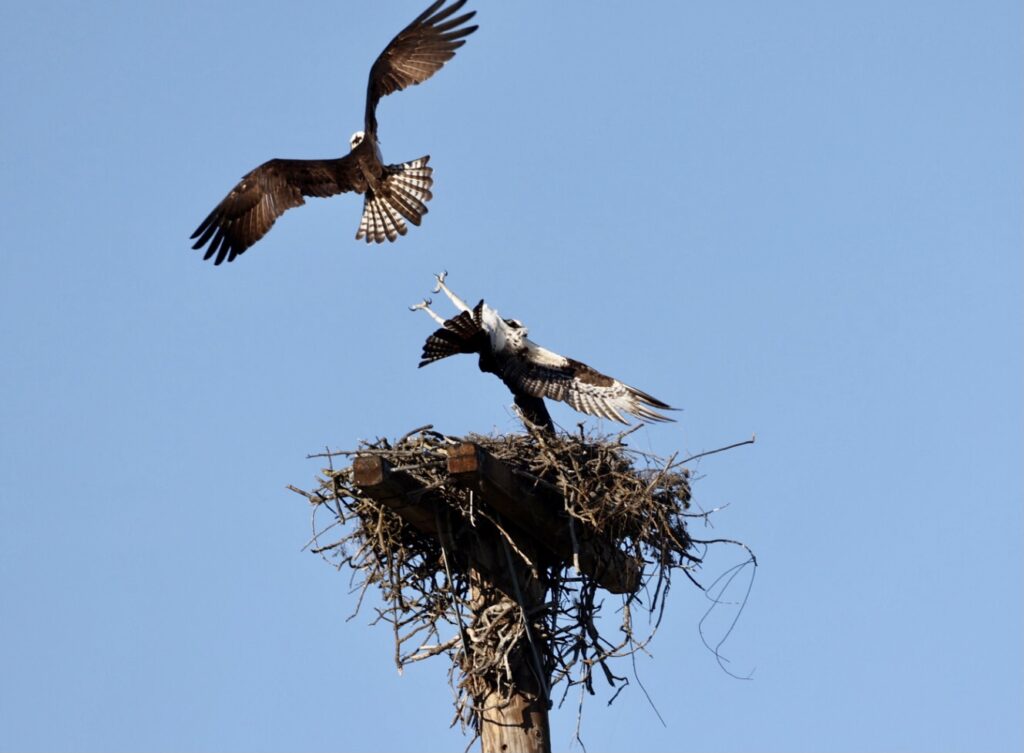
Deborah Weber


Birds in the News
Links to Recent Articles on Birds
10 Fun Facts About the Red-tailed Hawk
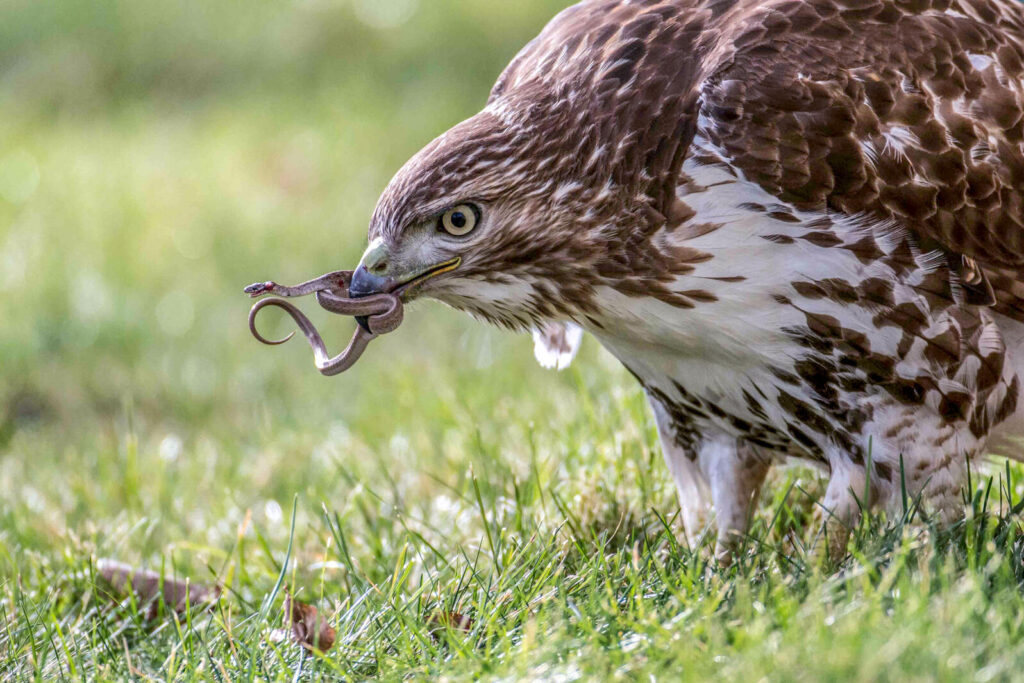
2021 was a year of milestones. From one billion records in eBird, to the transformative launch of Merlin Sound ID, to new conservation decision-making tools powered by eBird Status and Trends visualizations, there’s a lot we’ll remember from the past twelve months. This year, millions of people from every country in the world joined us in sharing an appreciation for birds. By being a part of this global endeavor, you make a difference to the hundreds of thousands of people who use the Cornell Lab of Ornithology’s resources each year to learn, research, conserve, and educate. To those 116k new eBirders and 2 million new Merlin users who joined us for the first time in 2021, welcome! We also appreciate and thank eBird Supporters who keep eBird and the Cornell Lab moving forward through their monthly contributions. Read more…
2021 Year in Review: eBird, Merlin, Macaulay Library, and Birds of the World
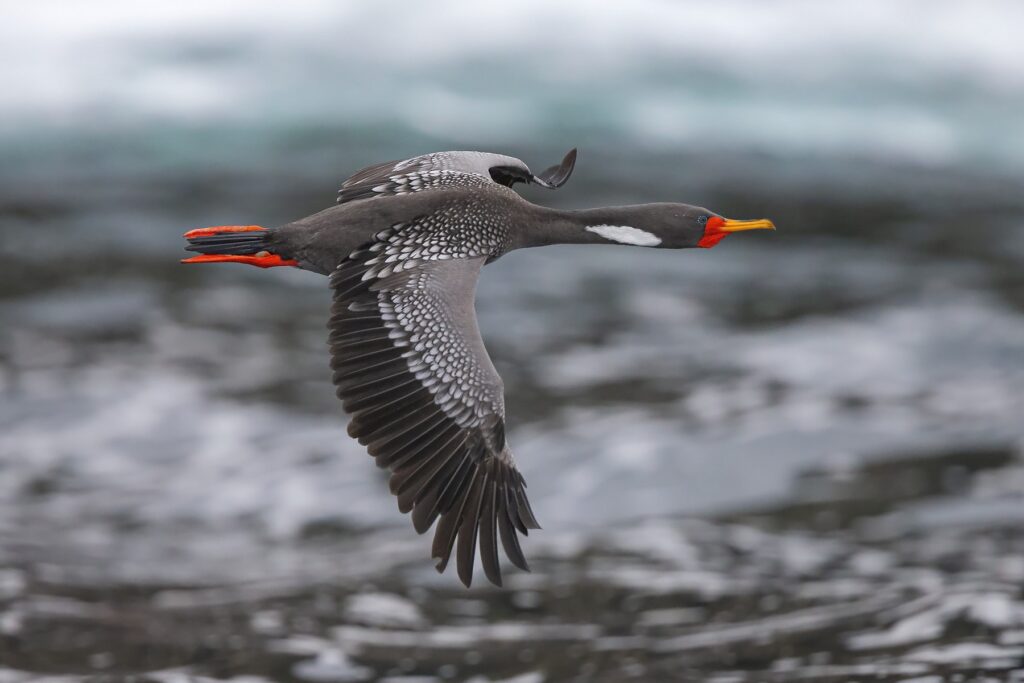
The Red-tailed Hawk is a great gateway species into birding or hawk watching. Among the large, soaring hawks known as buteos, Red-tails are the most widespread in North America. They often hunt along highways, circling overhead or hovering in place as they scan the ground for prey. You’ve probably seen one from a distance, but here is a closer look at this magnificent bird. Read more…
A philosopher of science explains how birds perceive time and space differently than humans
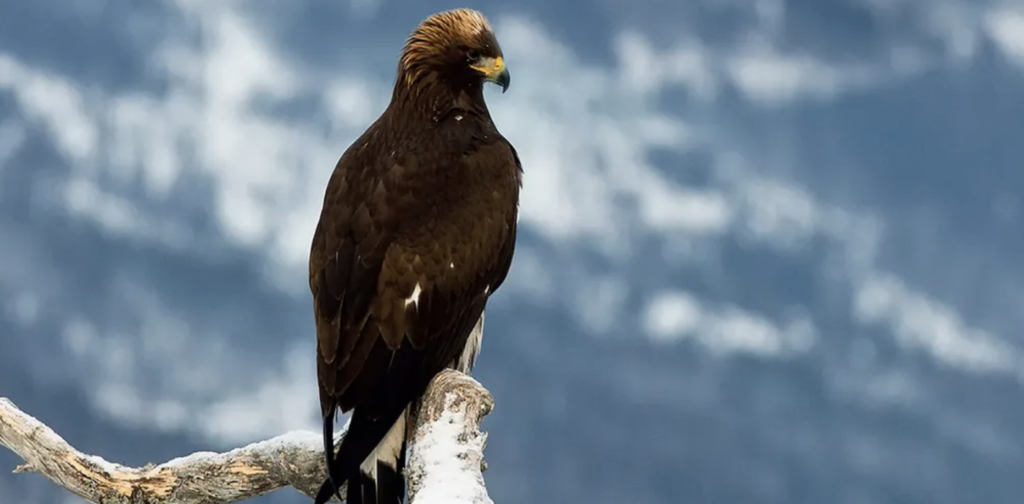
The human and the bird worlds overlap, particularly in cities and suburbs where we have to tolerate each other’s presence. With this in mind, a group of Spanish scientists set out earlier this year to observe whether humans’ changing behavior as a result of the pandemic had affected our feathered friends. Published in the journal Proceedings of the Royal Society B, the researchers’ findings repeatedly surprised them. For one thing, scientists expected birds to be more abundant in urban and town spaces, places that humans were suddenly scarcer in. This proved not to be the case. Yet birds did change their routines in response to humans becoming quieter. Notably, some species of male birds became louder and more musical, as the reduction of noise pollution allowed them to perform their calls earlier in the day. Read more…
No Bird Wants to Live in a Murder Nest

In the spring of 2019, the biologist Tore Slagsvold headed into the forests outside Oslo to stage a series of tiny crime scenes. He didn’t need bullets, or bootprints, or even bodies or blood; only a handful of plush, white feathers. Slagsvold’s audience was avian—the region’s blue tits and pied flycatchers. And with any luck, his faux, fluffy evidence was going to scare the bejesus out of them. He set up several nest boxes and scattered the feathers inside, and just as he hoped, the birds balked. They were, Slagsvold told me, afraid of the feathers, or at least what they seemed to represent: fresh violence, a predator on the loose, the possible remnants of a sharp-toothed weasel’s afternoon snack. The likely fate that awaited them, should they dare enter such an accursed abode. Read more…
Light-colored feathers may help migrating birds stay cool on long flights
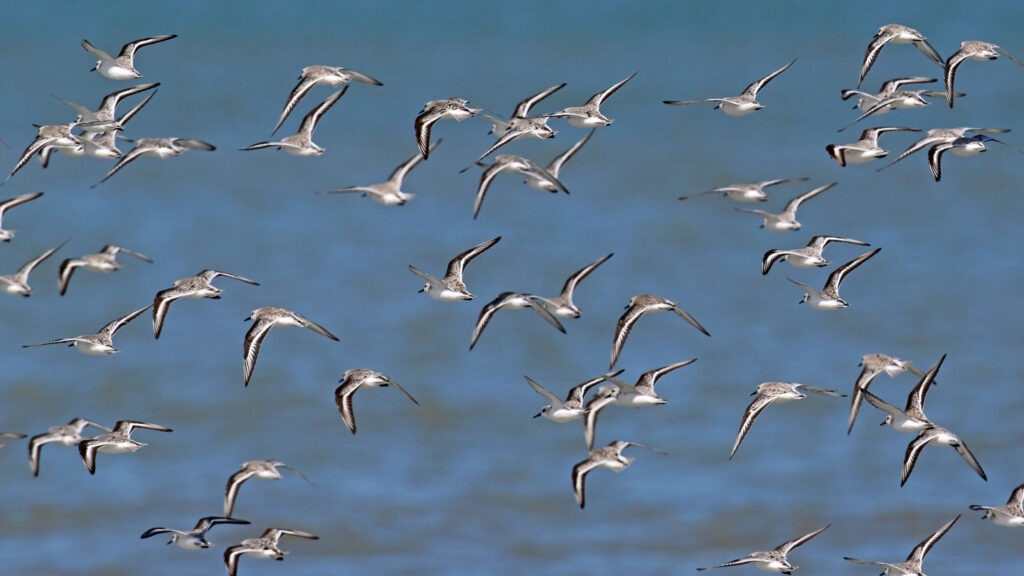
From teeny hummingbirds to giant whooping cranes, roughly half of the world’s more than 10,000 bird species migrate. Longer wings and beefed-up flying muscles often help these birds crisscross vast expanses of air. But a study of nearly all bird species suggests many migrators share another unexpected flight aid: lighter-colored feathers. Read more…
Birds not dependent on feeders, study suggests
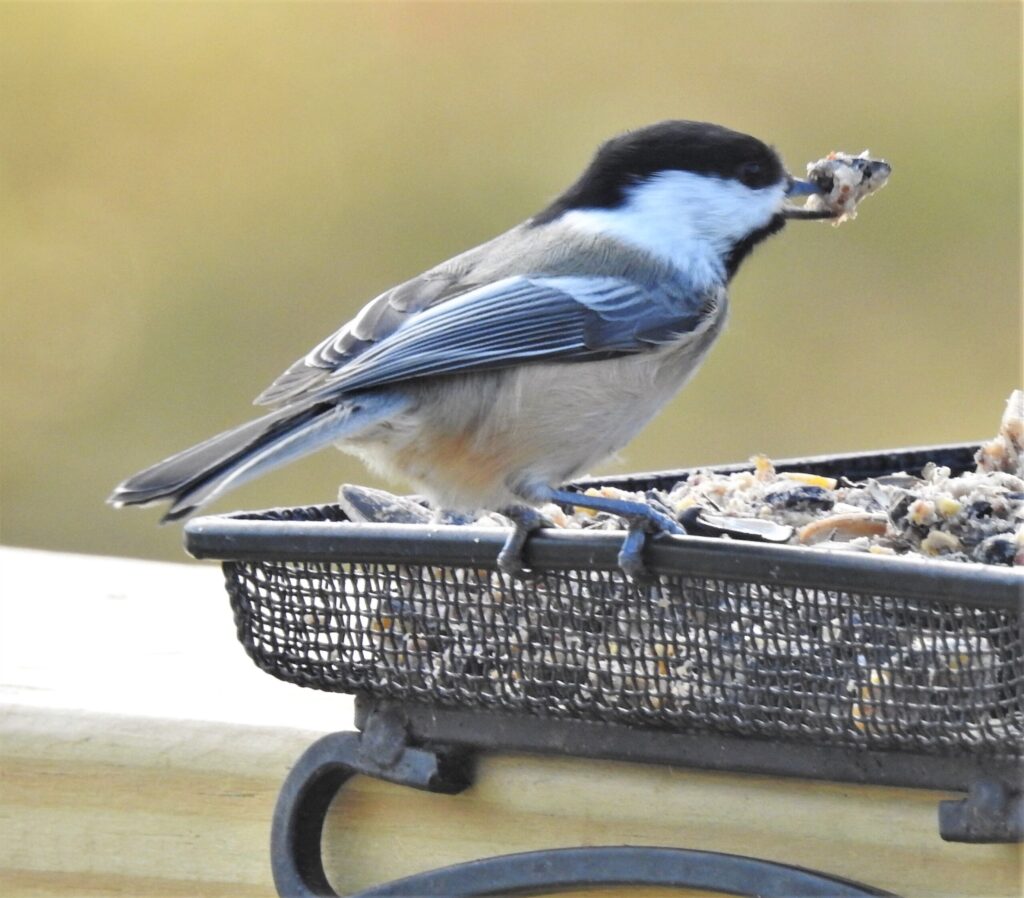
Oregon State University researchers have some good news for the well-meaning masses who place bird feeders in their yards: The small songbirds who visit the feeders seem unlikely to develop an unhealthy reliance on them. “There’s still much we don’t know about how intentional feeding might induce changes in wild bird populations, but our study suggests that putting out food for small birds in winter will not lead to an increased dependence on human-provided food,” said Jim Rivers, an animal ecologist with the OSU College of Forestry. Read more…
Energy-saving strategy helps hummingbirds fuel their long migrations
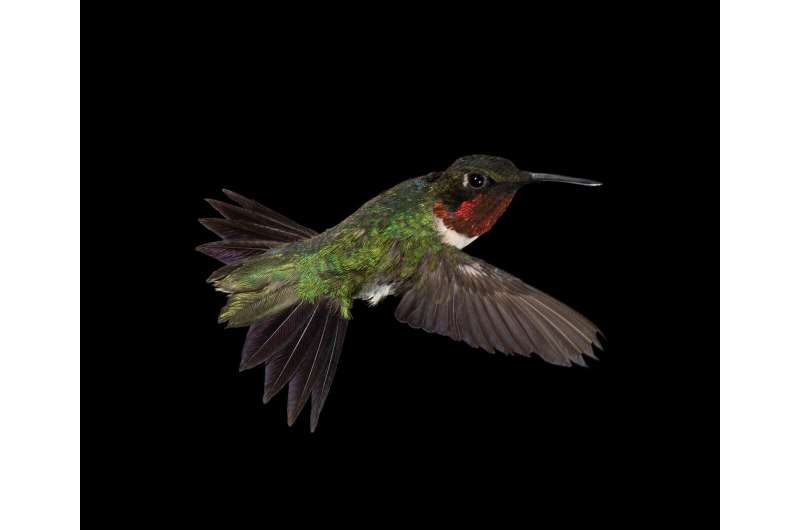
Ruby-throated hummingbirds use the same energy-conserving strategy to survive overnight fasts and build the fat stores they need to fuel long migrations, shows a study published in eLife. The findings help prove a long-held suspicion among scientists who study hummingbirds. They also provide new insights on the rules the birds use to determine whether to conserve energy or stockpile fat. Read more…
A Close Encounter with a Flame-Bright Egyptian Vulture
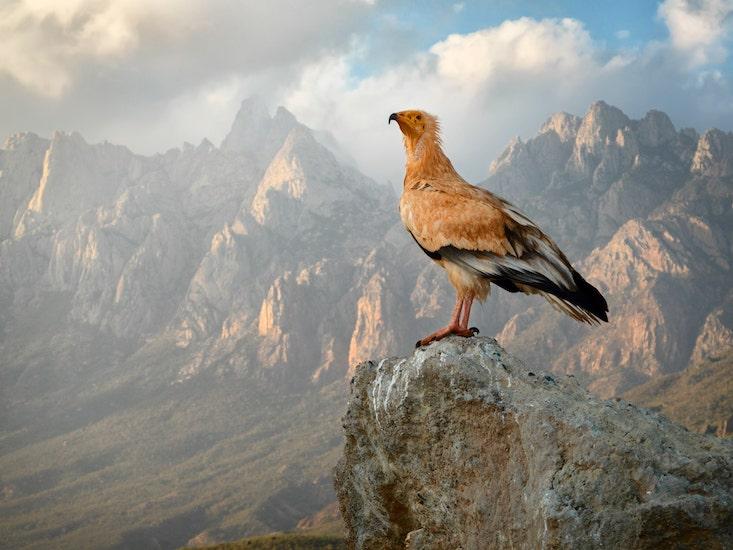
On a bright March morning as wildlife photographer Oriol Alamany tucked into breakfast on the island of Socotra, an Egyptian vulture landed on a nearby rock. Caught without proper equipment, Alamany crawled across the ground to photograph the bird from below at close range with a small camera he kept in his pocket. The vulture stood its ground. The species, Neophron percnopterus, is known for its tolerance of people and its abundance on this exceptionally biodiverse island, a mountainous flake of Yemen at the mouth of the Gulf of Aden that has been called the Galápagos of the Indian Ocean. Egyptian vultures line walls and dumps around the towns of Hadiboh and Qalansiya; they alert shepherds to births and deaths among their flocks; they congregate around wedding celebrations and picnics and, as Alamany discovered, are more than happy to join a traveler in his repast. Read more…
This 120-million-year-old bird could stick out its tongue

Around 120 million years ago in what is now northeastern China, there lived a bird that may have possessed the unusual ability to stick its tongue out. Scientists described a nearly complete skeleton of the ancient bird, which they named Brevirostruavis macrohyoideus, on December 1 in the Journal of Anatomy. The fossil’s extremely elongated tongue attachment bones, or hyoid apparatus, suggests that the bird could protrude its tongue from its mouth, much as some present-day birds do to grab hard-to-reach morsels. Read more…
We Could Harness White Noise to Save The Lives of Millions of Birds. Here’s How
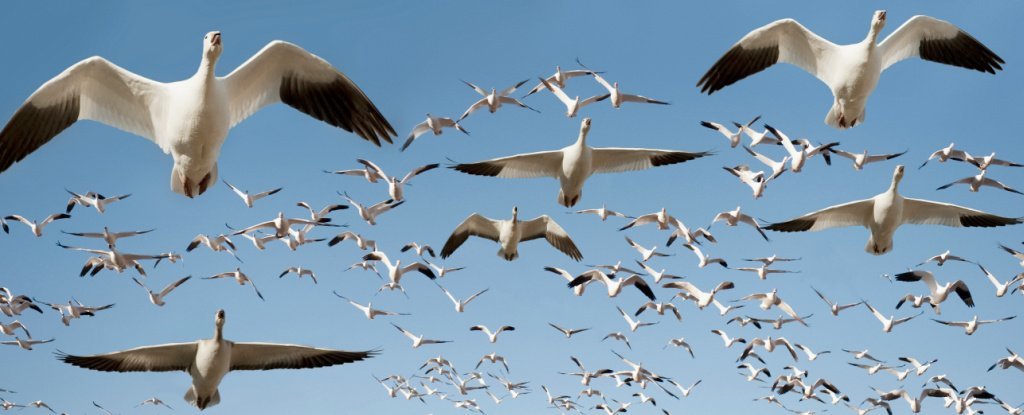
Billions of birds die each year from collisions with tall glass buildings, communication towers and power lines – a gobsmacking toll that’s expected to increase as cities grow outwards and upwards. A recent study suggests there could be a way to fix our deadly mistakes – by installing ‘acoustic lighthouses’ that blast white noise in short bursts, stopping migratory birds on a collision course with towering metal structures, tall buildings, and possibly even wind turbines. Read more…
A dinosaur embryo, exceptionally preserved in an egg about to hatch, reveals links to birds

In one of the most well-preserved dinosaur embryos ever found, a baby dinosaur curled its back and tucked its head in a position that is similar to modern birds before they hatch, a discovery that scientists say could shed new light on how dinosaurs developed in their early stages. A peer-reviewed article, published Tuesday by iScience, said the dinosaur had its head placed between its legs and under its body, with its back bent along the eggshell. The research team said this position, previously not found in any non-avian dinosaurs, is comparable to pre-tucking in a bird embryo like that of a chicken. Read more…
Membership
If you are not already a member, please consider joining Fresno Audubon Society. You can join on our website here: https://fresnoaudubon.org/become-a-member


Sorry, the comment form is closed at this time.